Growth ahead for oil and gas businesses
A fortnight ago, PetroVietnam Drilling and Well Service Corporation (PV Drilling) under PetroVietnam Oil signed a contract to supply jack-up rigs for its 2023 drilling programme, which is expected to start in March and includes two exploratory wells off the coast of Vietnam.
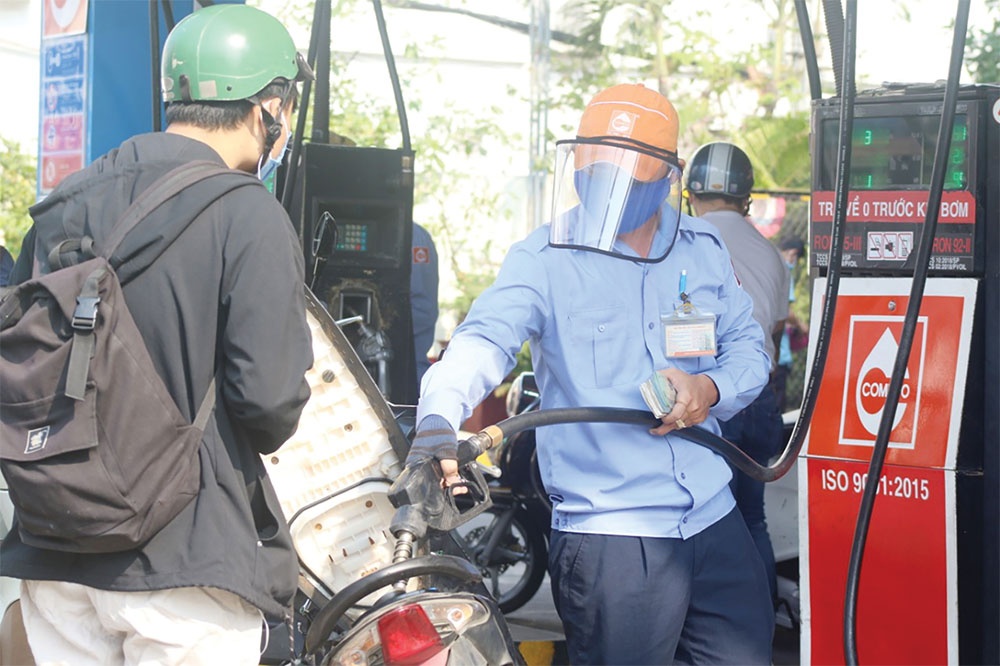 |
| Geopolitical strife has led to disruption in the energy supply chain this past year, photo Le Toan |
According to the plan, PV Drilling will supply the latest generation jack-up rigs, capable of constructing wells with a depth of up to 9,000m at a maximum water depth of 121m.
In 2022, PV Drilling carried out drilling projects for customers like Italian Eni, Vietsovpetro, and Povo, with an operating efficiency of up to 99.6 per cent. Contracts were also signed with domestic partners and oil-producing countries in Southeast Asia. Notably, some rigs have signed long-term contracts, such as PVD III in Malaysia and PVD II in Indonesia.
PV Drilling is expected to make almost $4 million in net profits in the fourth quarter of this year thanks to the improved rig rental prices. The company also expects 2023 to represent a breakthrough on the back of adjusted prices, which are deemed to rise by 23 per cent in new contracts. This is expected to increase revenues by as much as 30 per cent.
According to IHS Markit, the rental price of jack-up rigs has increased to $90,000 per day, higher than the $75,000 average over the previous three years. This is motivating PV Drilling to implement plans to expand to overseas markets, targeting Indonesia and the Middle East.
PV Drilling general director Nguyen Xuan Cuong said, “It is difficult to develop services abroad due to strong protectionist policies in other countries and the influence of the Ukraine conflict, which causes input costs to increase and raises inflationary risk and interest expenses.”
Oil prices this year have seen Brent crude increasing sharply from $75 to $120 per barrel. However, the latency of contracts and exchange rate fluctuations caused PVD to lose well over $3.3 million, partly from depreciation of new drilling equipment.
More and more forecasts lead to a stable global oil drilling market in 2023. According to statistics from IHS Markit, the demand for jack-up rigs in this region is expected to increase from 125 rigs this year to an average of 169 rigs in 2023 and 183 rigs in 2024, mainly due to the need to increase the number by Saudi Aramco and Abu Dhabi National Oil – two companies holding 70 per cent of the Middle East’s drilling market share.
In Southeast Asia, the capacity of such rigs reached 90 per cent between July and August, IHS Markit noted. The last time the rig utilisation rate in the region exceeded 90 per cent was in 2014, when the oil price remained above the threshold of $100 per barrel. In addition, new contracts in the area also recorded more positive signals with longer lease terms of over one year.
KB Securities Vietnam Company in its oil and gas report released more than a month ago noted the recovery of the global drilling market came from two main factors.
Firstly, the Russia-Ukraine conflict has led to the disruption of the global energy supply chain and prompted European countries to quickly seek alternative oil and gas sources to avoid dependence on Russian oil.
Secondly, the supply of new rigs is limited while the proportion of old rigs is increasing. Since the peak of the previous cycle of the oil drilling market in 2014, the number of drilling rigs in the Asia-Pacific region, as well as globally, has declined sharply and only started to recover from the end of 2020 onwards, according to Baker Hughes statistics.
According to KB Securities, the supply of jack-up rigs will barely increase in the short term due to large capital costs and the impact of cuts during the period of the oil price cycle and the coronavirus pandemic.
In addition, the proportion of outdated rigs around the world is also considerable, accounting for about a third of the total number of rigs. Newly built rigs are brought to the market much less than the number of contracts ordered. This could, however, offer more job opportunities for Vietnamese drilling service providers.
| Phan Duc Hieu-Member National Assembly Economic Committee | |
The current preferential policies for oil and gas activities only stop at tax incentives, and need to be more diversified to improve competitiveness and quality, and attract investment. The government can offer incentives based on cost reduction when calculating corporate income tax reductions and tax credits based on cost. These two preferential policies both achieve the goal of creating incentives for investors, motivating them to pour capital into desired host country activities. If this policy is applied, it will greatly affect the methods that Vietnam is applying to attract investment. Currently, countries are discussing a global minimum income tax policy, expected to be applied by the end of 2023. For example, a multinational company with a turnover of hundreds of millions of US dollars will have to pay an income tax of at least 15 per cent. | |
| Le Manh Hung-CEO PetroVietnam | |
We have already reached all financial and oil and gas production targets in 2022. The group has exceeded the whole year development plan, putting five new mines into operation, one more than planned. Crude oil exploitation was completed two months early, reaching 8.74 million tonnes in October. Crude oil exploitation in the year so far reached 9.91 million tonnes, exceeding 13 per cent of the year plan and equivalent to the performance of the same period last year. Total revenue targets were also completed for the entire year’s plan four months in advance. | |
| Phan Minh Quoc Binh-Deputy director Vietnam Petroleum Institute | |
It is necessary to consider and refer to good international oil and gas practices in order to adjust mechanisms and policies in accordance with the specific conditions of Vietnam’s oil and gas resources, towards the goal of promoting investment. Vietnam can learn from the experience of Malaysia, which is considered successful in attracting foreign investment in the oil and gas sector. Malaysia has worked towards commercially viable financial and non-financial terms to attract investment from international oil and gas companies. The Malaysian government has continuously improved and applied new forms of contracts in accordance with the characteristics of potential and conditions of oil and gas activities. As of 2021, the country had issued 11 forms of oil and gas contracts. |
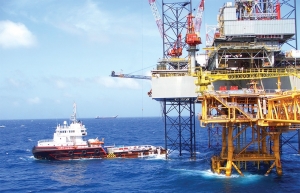 | Vietnam acts to ensure stability of oil in face of global squeeze Vietnam will ensure the stability of its fuel supplies in all circumstances in a bid to ensure the smooth operations of the domestic market. |
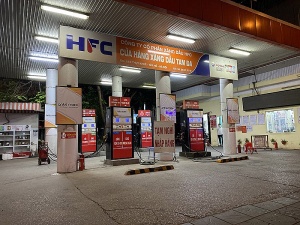 | Ensuring steady supply of oil and gasoline till the year-end The Ministry of Industry and Trade and other relevant ministries will take measures to ensure the supply of oil and petrol in the last months of 2022 while adjusting the policies to support businesses. |
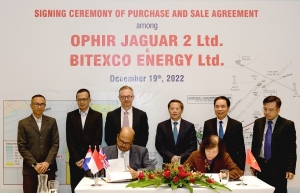 | Bitexco Group to acquire new oil and gas interest A subsidiary of conglomerate Bitexco Group has signed a deal to acquire interest in the Oil & Gas Block 12W. |
What the stars mean:
★ Poor ★ ★ Promising ★★★ Good ★★★★ Very good ★★★★★ Exceptional
Related Contents
Latest News
More News
- TCP Group partner with VNUS to launch water conservation project (December 25, 2025 | 14:00)
- Heavy industries set for pilot greenhouse gas quotas (December 25, 2025 | 10:00)
- Swedfund invests in MSME growth and climate action in Vietnam (December 19, 2025 | 11:42)
- GreenYellow brings solar energy to light up remote schools in Tuyen Quang province (December 19, 2025 | 08:00)
- Charge+, Grab partner to develop EV charging network in Vietnam (December 18, 2025 | 17:11)
- Linking sci-tech and innovation to Vietnam’s net-zero future (December 18, 2025 | 14:31)
- Driving double-digit growth through green and circular transformation in Vietnam (December 17, 2025 | 09:00)
- Standard Chartered and ACCA deepen collaboration to develop Vietnam’s talent for a sustainable future (December 15, 2025 | 18:18)
- Schaeffler reports strong early output from Dong Nai solar project (December 12, 2025 | 15:16)
- Forestry conference highlights biodiversity and sustainability goals (December 09, 2025 | 13:35)


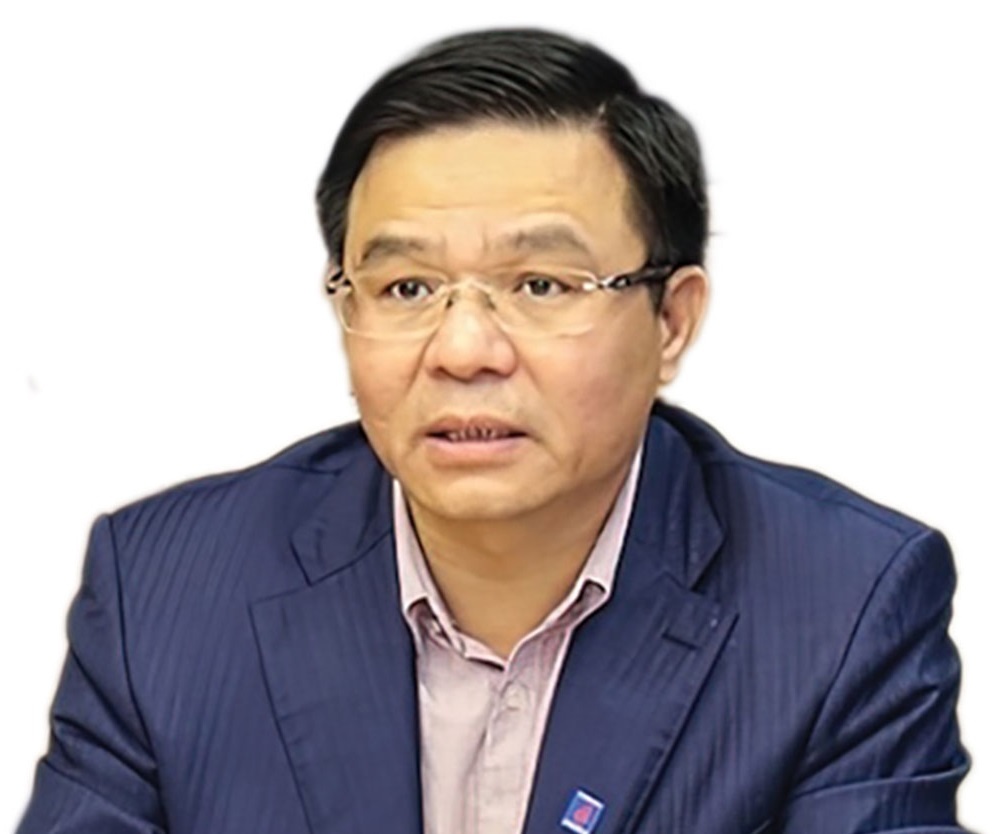
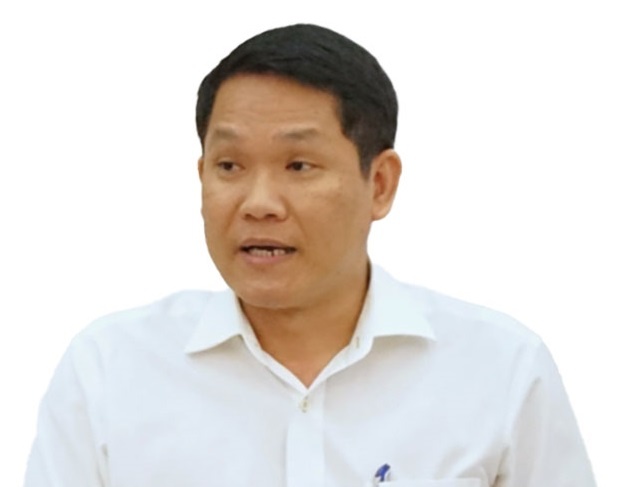
 Tag:
Tag:



















 Mobile Version
Mobile Version